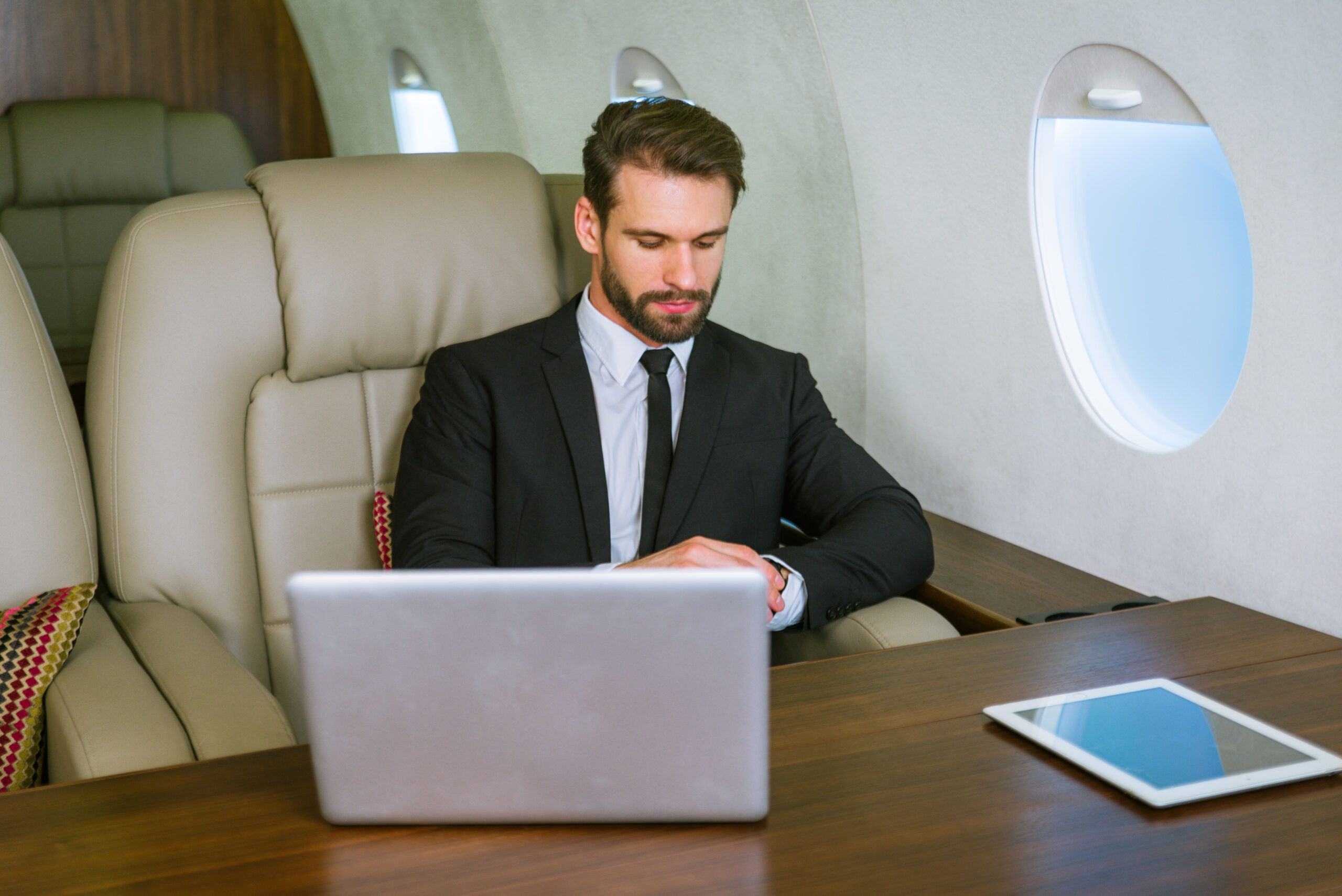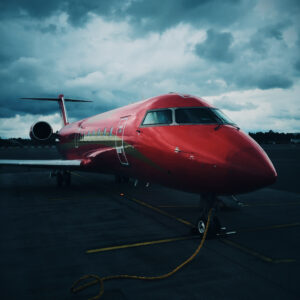
A private jet is quite literally a luxury that few can afford. In a world powered by Instagram stories, a private aircraft is perceived as the crown jewel of a wealthy lifestyle. These aircrafts are supposed to hold themselves together at 41000 ft and at a speed of hundreds of kilometers an hour. Naturally, they require a lot of maintenance before they can be considered fit for flying. If you have watched that episode of Top Gear where the Cessna 182S G-BXZM goes through a plethora of pre-flight checks by the ever-determined James May, you know that simply coming to the conclusion that an aircraft is worthy of flying is extremely complex. Aircrafts need to be maintained on a monthly basis and since aircraft maintenance technicians don’t come cheap, expect to pay a hefty amount out of your pocket for maintenance. Today, we will go through all the caveats of the associated costs that come under the umbrella of private jet maintenance.
Buying vs renting
When considering the cost of maintaining an aircraft, one must first ascertain whether buying an aircraft in the first place is a sensible choice or not. This brings us down to the decision of renting vs buying. It wholly depends on the number of hours you plan to fly in a given year. For people who are planning on flying up to 100 hours a year, renting a private aircraft is indeed the prescribed course of action. However, for people who are going to exceed the number of 150 hours a year, owning a private jet starts to make sense. It goes without saying that you must have a very good estimation of how many hours you plan to fly in a year. You have to make a fair assessment of your needs before taking on the decision of going down the buying path.
Cost of buying a private jet
Private jets are a hefty investment. Prices start at $2 million and go over $100 million for the absolute best-in-class aircrafts. Generally, they are divided into 3 broad categories: Light Jets, Medium Jets, and Heavy Jets. For journeys under 1500 miles, light jets are the best option. Medium jets have a range of over 2000 miles. However, for transatlantic journeys, the only option is Heavy Jets. They have ranges of over 3000 miles and are used for intercontinental travel. For international jet charter, heavy jets are the option to go with. These longer journeys also come with greater levels of luxuries and amenities as well. The best in this particular class go close to $100 million and have insane features like having boardrooms and full-size bedrooms inside of the jet so that the experience is mind-blowing. The size of these super-sized heavy jets is something to truly marvel at. They are generally passenger aircrafts that have been converted to become private jets. Imagine an 80-seater commercial jet being turned into a personal jet. The amount of space that you would have on your disposal would be enough for a mansion. Even the decorations in a private jet of this class are no joke, wood paneling as far as the eye can see and stone flooring. Multiple cabin zones, shower rooms, etc. The options are truly endless when the budget is endless.
Naturally, light jets are generally the cheapest. Their prices run from $2 million for super light jets, with the more expensive ones costing close to $8 million. If you have more than $10 million dollars in the kitty, then you can go for a medium jet. They can run up to $18 million dollars. As for large jets, they can range from $20 million to over $100 million for the best-in-class.
Considering the high price tags of even the lightest private jets, a lot of people end up buying a used aircraft. They are much cheaper than newer models as aircrafts are an asset that depreciates a lot even across a few years of ownership.
What is the Cost of Maintaining a Private Jet?
Fixed costs
Fixed costs are costs that are not related to the use of the aircraft and must be borne by the owner even if the jet does not leave the hangar all year. These are the cost of a hangar, aircraft Insurance, flight crew, flight crew training, and aircraft stocks and supplies. Considering that these costs include payroll and insurance, the bill for these can alone be a couple hundred thousand dollars a year.
Variable Costs
Variable costs are directly associated with the use of the aircraft itself. The more miles the aircraft flies, the greater these costs will be. Naturally, these include the maintenance of the aircraft itself. Considering that aircrafts are high maintenance, this is the biggest cost associated with owning a jet apart from the sale price of a jet. Aircrafts have to go through a rigorous process of maintenance that has to take place every month. To put the costs into perspective, the purchase of a $40 million Gulfstream G450 has variable costs of over $1.5 million. This is without the fixed costs, which can easily go to $900,000. This means that the total cost of maintenance is $2.4 million. This is 6% of the entire cost of the aircraft. In 5 years, you will have paid nearly 1/3rd of the cost of the entire aircraft in just its maintenance. These costs don’t even include the biggest hit of all, depreciation. A pre-owned Gulfstream G450 (only a few years old) can be had for $14 million. The aircraft has lost more than half of its value in a matter of a few years.

Fractional Ownership and Leasing
These are vast sums of money that really show exactly why owning a private jet is the ultimate status symbol. The maintenance costs that come with owning a private jet are certainly staggering. However, there are other options that can be exercised to minimize these costs. One such option is fractional ownership. In fractional ownership, you own a share in a private jet through a management company and you can own it jointly with other people. This comes with the obvious disadvantage that your aircraft is not just yours. This means that schedule conflicts can arise and the feeling of complete ownership of the aircraft is just not there.
Through leasing, depreciation costs can be altogether avoided. Instead of buying an aircraft, a lease allows you to use an aircraft without the actual transfer of the ownership title to you. For a mutually agreed-upon period, you get to use the aircraft like it’s yours. The best part is that you don’t have to worry about depreciation.
So, this is the breakdown of the costs of maintenance of an aircraft. There are also several other options that you can exercise in order to avoid the massive costs of maintenance and depreciation. Having said all that, I’d still say that the pleasure of being transported across the air in a jet that’s only yours is simply matchless. Happy Flying!
Disclaimer:


No Comments